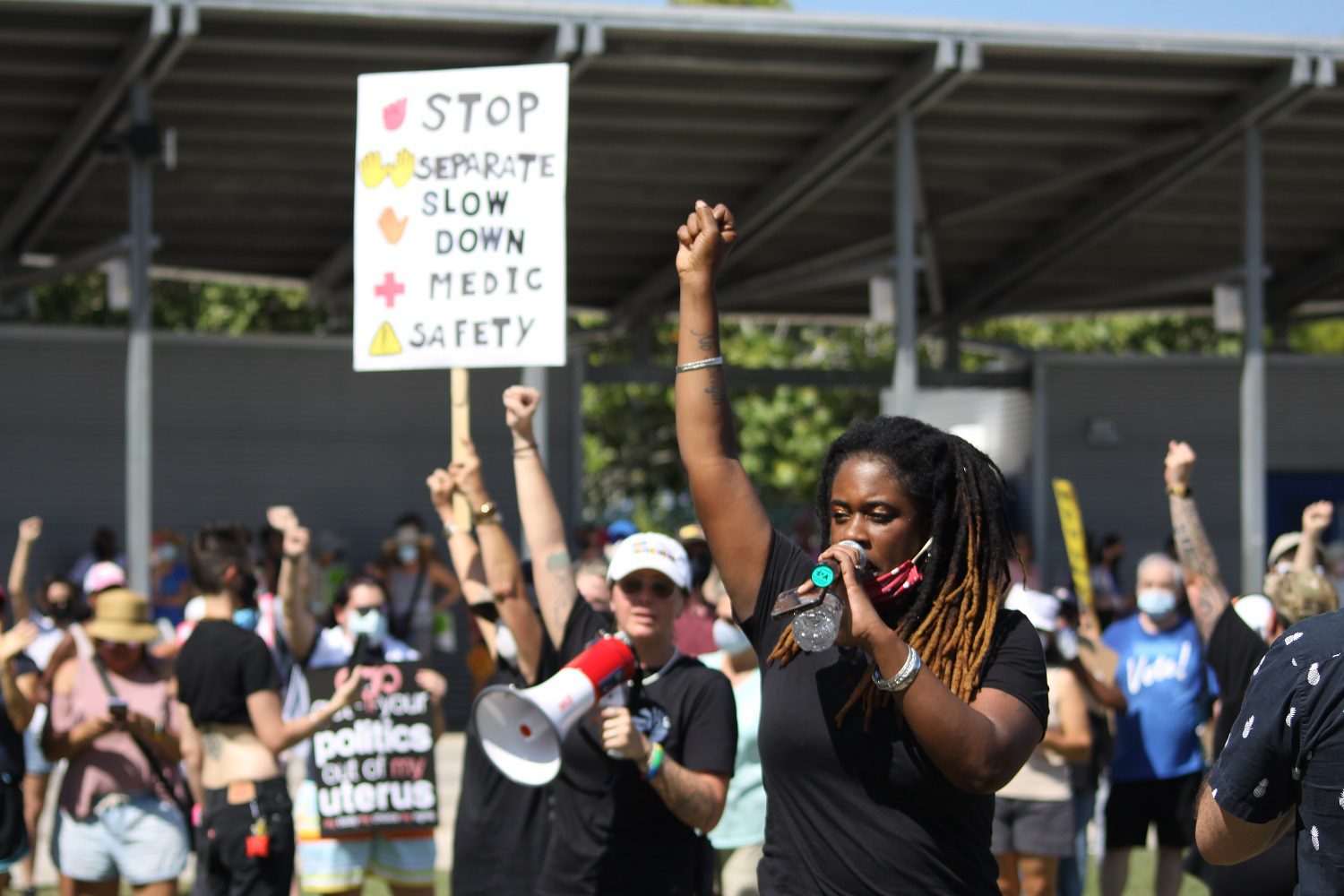Students may be out for the summer, but their activism and protesting leading up to graduation cemented their place in higher education history.
From April to May, college students across the nation showcased their activism as they protested over the Israel-Hamas war. Reuters reported that more than 35,000 Palestinians have been killed since the start of the war on Oct. 7, 2023. For weeks, pro-Palestine escapements were seen on the campuses of different colleges and universities, as students urged administrators to cut financial investments and ties to Israel. Months have passed since initial protests urging for a ceasefire in Gaza began.
Since the on-campus protests, students have been met with resistance from police officers, government officials and threats from school faculty who previously threatened to cancel graduations. As student protests increased throughout the country, student newspapers became the source for coverage and updates.
Student activism is not a new concept. The rights of students to engage in campaigns and movements to bring about social and political change have a lengthy history in the United States. Walkouts, sit-ins, boycotts, rallies, speeches and marches are the few ways students have protested throughout the years.
While being on the picket lines is one way to call for change, it isn’t the only way. Consider these activism alternatives if you’re looking for other ways to show your support.
Writing Letters and Signing Petitions
Flooding the inboxes or mailboxes of public officials, shareholders and corporations is a way to get the attention of power players. This form of protesting places peer pressure on the people in charge to respond and change their problematic efforts. It’s harder to dismiss or shut down the requests of massive groups of people.
Register Voters
Voting is one of the most important actions a citizen can take to experience changes in policy, government and more. Voting is the key to getting people in office who share similar values. However, ensuring people cast their ballots is still a challenge. Helping to register voters is another form of activism. It encourages people to participate in social changes by contributing their voices to elections. Voter registrators help to educate what’s at stake in election season, provide resources and lobby for changes of existing laws.
Post On Social Media
Social media has become a game changer for protesting and raising awareness about political issues. It has also served as a platform for organizations to strategize through images, videos and hashtags. A simple repost increases a post’s reach and engagement. This can be effective in relaying important information to different audiences and gaining support.
Craftivism
Craftivism is one way to be an activist for people who like arts and crafts. This is when activists sew or embroider messages onto clothing or other items. Craftivism also helps to raise awareness about issues as physical messages are worn or placed in places to be publicly seen.
Mutual Aid
Mutual aid is a direct action that goes beyond raising awareness about a problem. It allows communities to come together and each provide their portion of resources to support the issue at hand. Food banks, donation drives, free healthcare providers and other community relief programs help to make a difference with their supportive contributions to a specific cause.
